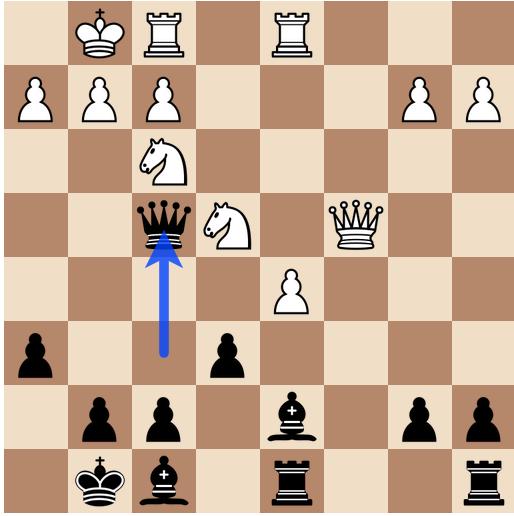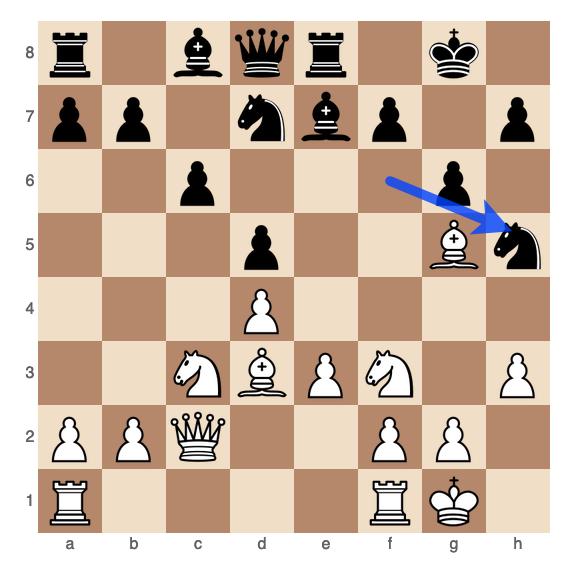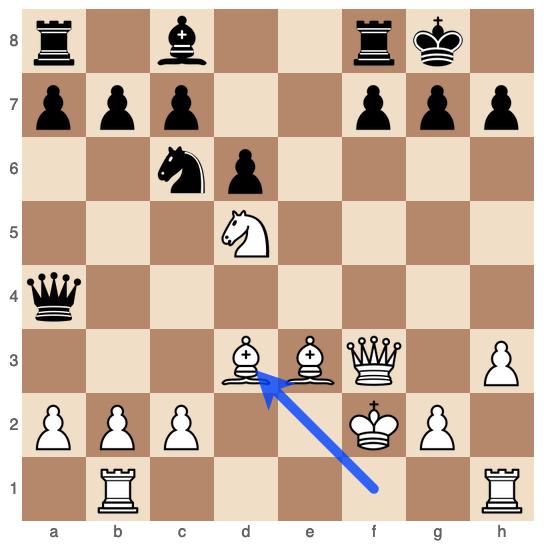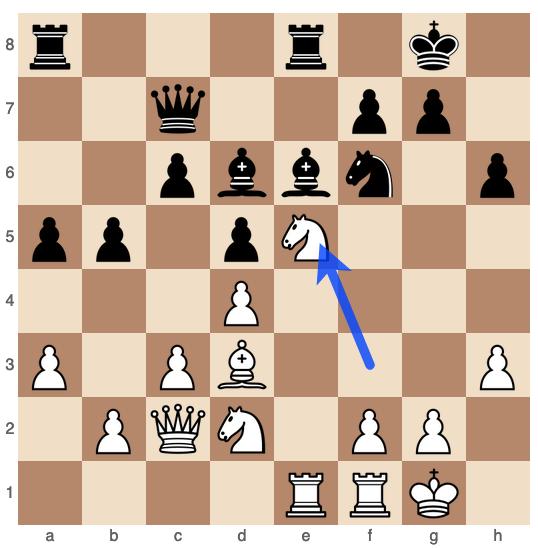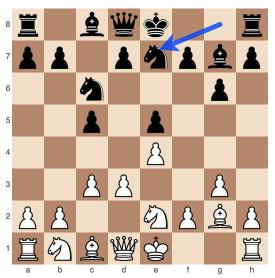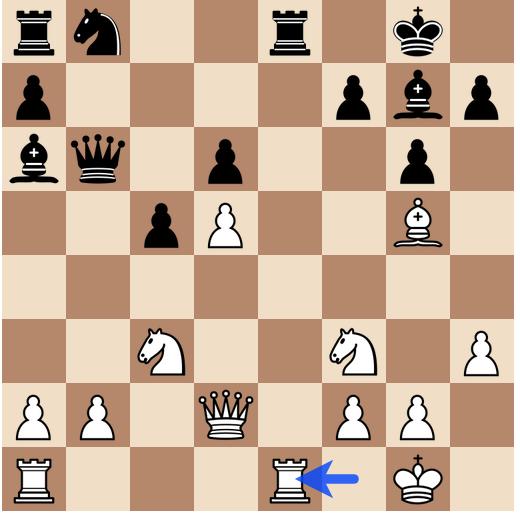In this long and instructive game from the Titled Tuesday tournament, Guillermo Baches (Chessllermo) faces E. Pepino with the black pieces, navigating a French Defense that transitions into a complex middlegame and an eventual endgame victory. Baches demonstrates patience, strategic understanding, and endgame technique to outplay his opponent in a highly competitive battle.
The Opening
The game opens with the French Defense, Tarrasch Variation (1. e4 e6 2. d4 d5 3. Nd2), a solid choice by Pepino, aiming for a classical pawn structure that can lead to rich middlegame play. Baches responds with 3…c5, striking at the center immediately and inviting complications.
After 4. exd5 Qxd5, the game quickly becomes unbalanced as Baches’ queen moves out early, a typical idea in the Tarrasch to recapture on d5 while also eyeing potential activity on the queenside. The moves 6. Bc4 and 7. O-O indicate that White is focusing on rapid development, while Baches calmly develops with 7…Nf6 and 8…Nc6, keeping pace with White’s ambitions.
By move 10, the position is balanced, with both sides completing development. Baches’ 10…Be7 and 11…O-O set the stage for a strategic battle where both sides will vie for control of the center and the open lines.
The Middlegame
The middlegame begins with White attempting to gain control of the center with 13. Bd3 and 14. Bg5, pinning the knight and preparing to exert pressure on Black’s position. Baches responds accurately with 14…Bb7 and 15…h6, challenging the bishop on g5 and aiming to push it back.
A critical moment arises after 17…Rd5, where Baches seeks to activate his rooks and take control of the d-file. Pepino plays 19. Nb3, attacking the queen and pushing it to 19…Qc8. Baches continues to improve his position with 21…Rfd8 and 23…a5, solidifying his queenside structure while keeping the tension in the center.
The key strategic shift comes after 24…Bc5+ and 25…Qc6, where Baches begins to focus on exploiting weaknesses in White’s camp. The position remains complex, but Baches’ superior coordination allows him to gradually gain the upper hand.
The Endgame
The game transitions into an endgame after a series of exchanges starting with 26…Bxf2+ and 28…Bxb3. Baches enters the endgame with a slight edge due to his more active pieces and the weakness of White’s pawns.
The endgame becomes critical when Baches initiates a series of exchanges that lead to an advantageous rook endgame. The sequence 34…bxa4 and 36…a3 creates a powerful passed pawn on the a-file. Pepino tries to create counterplay with 40. c5, but Baches remains calm, exchanging queens and simplifying into a winning rook and pawn endgame.
Baches’ superior technique shines through in the final phase of the game. He uses his active rook and passed pawns to push White into a passive position. After 48. Re7, Baches steadily converts his material advantage into a decisive win. The final moves, culminating in 62…Kf2, show Baches’ ability to maintain focus and precision even in a long game, leading to a well-deserved victory.
Conclusion
This game is an excellent example of how to handle the French Defense, particularly the Tarrasch Variation, as Black. Baches displayed patience and a deep understanding of the position, gradually outplaying his opponent through strategic maneuvering and strong endgame technique.
Key Lessons:
- In the French Defense, especially in the Tarrasch Variation, patience and strategic play are often rewarded, as the game can transition into complex middlegame and endgame scenarios.
- Active piece play and control of open files are crucial for success in both the middlegame and endgame.
- Endgame technique, including the ability to convert small advantages into a win, is essential, especially in long games where fatigue can become a factor.
“Chess is a marathon, not a sprint—patience and precision will outlast aggression.” Baches embodied this principle by methodically improving his position and converting his advantage into a clear victory.

